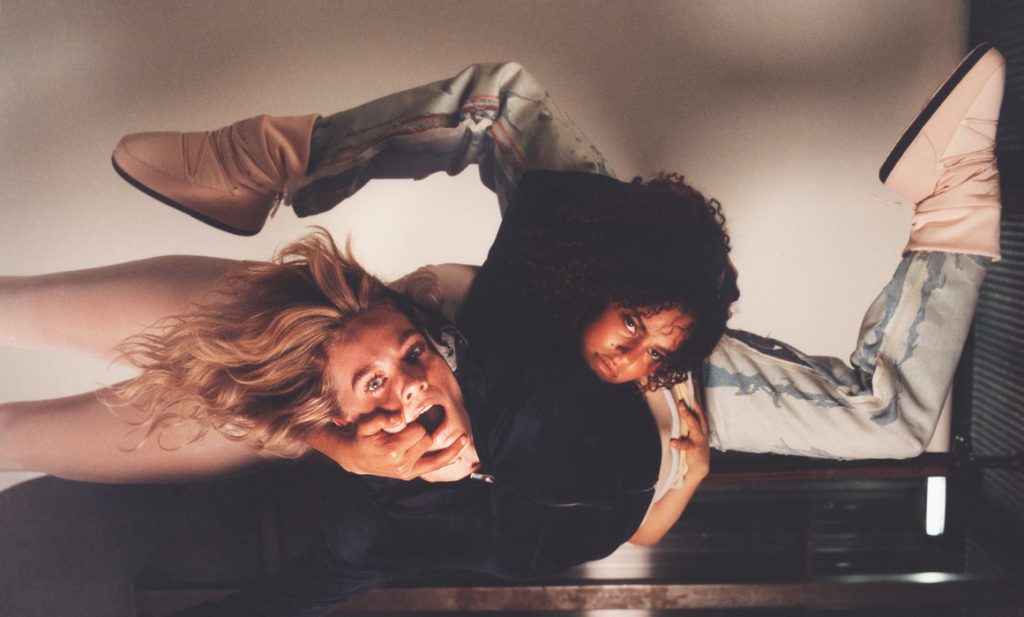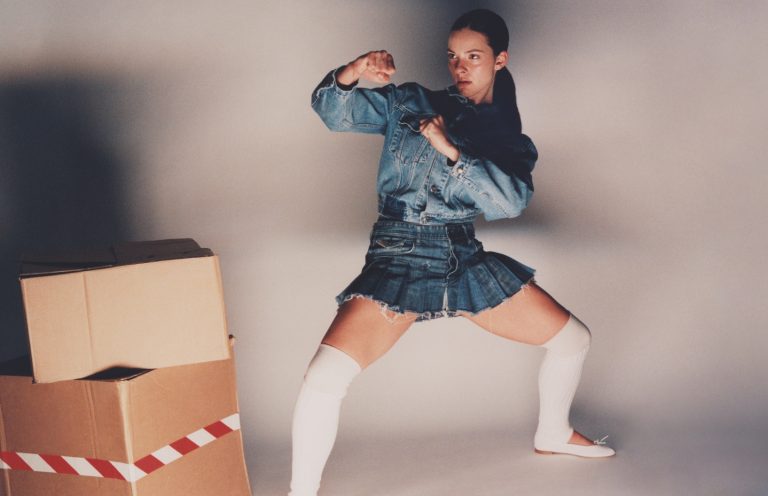
We find the expressiveness, plasticity, and energy of the human body mesmerising. Choreographers and dancers assume almost priestly roles, opening mysterious doors that lead into the depths of human nature. Dance brings us back to our own physicality, connecting us with nature and to the sensation of freedom. It’s the yearning for that lost sense of freedom that resonates most deeply when watching LA(HORDE)’s exceptional performances. In this feature, a reflection on Age of Content, Marine Brutti, Jonathan Debrouwer, and Arthur Harel invite us to join them on their journey across various artistic mediums.
The historic bond between Ballet National de Marseille and Repetto Paris acted as something of a catalyst in the fashion shoot produced to accompany this story. Roland Petit, the son of Rose Repetto, founded and led Ballet National de Marseille for over 25 years. Since its early days, Repetto Paris has maintained a connection between craftsmanship, fashion, and dance, helping bring art into our everyday lives. The brand’s emblematic creations enrich the visual narrative of this story, underscoring the shared aspiration of the (LA)HORDE collective and Repetto Paris: to continually redefine the standards of modern choreography. Poetry, fashion, stage design, and new technologies seamlessly intertwine in their exceptional storytelling, blurring the boundaries between dance and life.

